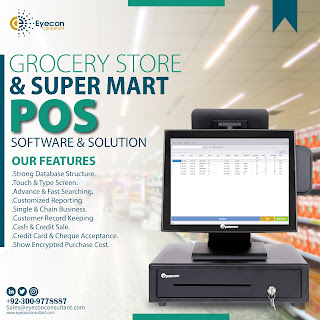Barcode vs RFID: Which is Best for Your Business?
When it comes to tracking inventory and managing assets, many businesses face the challenge of choosing between barcode vs RFID systems. Both technologies serve similar purposes, but their functionality, cost, and efficiency differ greatly. Understanding these differences is key to choosing the right solution for your business needs.
Barcode vs RFID: The Core Differences
Barcodes are optical, line-of-sight labels that need to be scanned one by one. RFID (Radio Frequency Identification) uses radio waves to read multiple tags at once without direct visibility.
-
Barcode Pros:
-
Cost-effective
-
Easy to print and implement
-
Widely adopted across industries
-
-
RFID Pros:
-
Reads multiple tags simultaneously
-
Works without line-of-sight
-
More durable and data-rich
-
While barcodes are ideal for small to medium businesses with lower budgets, RFID is better suited for large-scale operations that demand faster, contactless tracking and automation.
Which is Best for Your Business?
Choosing barcode vs RFID depends on your business size, goals, and budget:
-
Use Barcode If:
-
You want a low-cost, simple solution
-
You have minimal inventory turnover
-
-
Use RFID If:
-
You need real-time asset tracking
-
You manage high-volume or high-value inventory
-
You require enhanced data security
-
Final Thoughts
The barcode vs RFID debate isn’t about which is better overall—it’s about what works best for your specific business model. Evaluate your workflow, security needs, and scalability before making the final decision.



Comments
Post a Comment